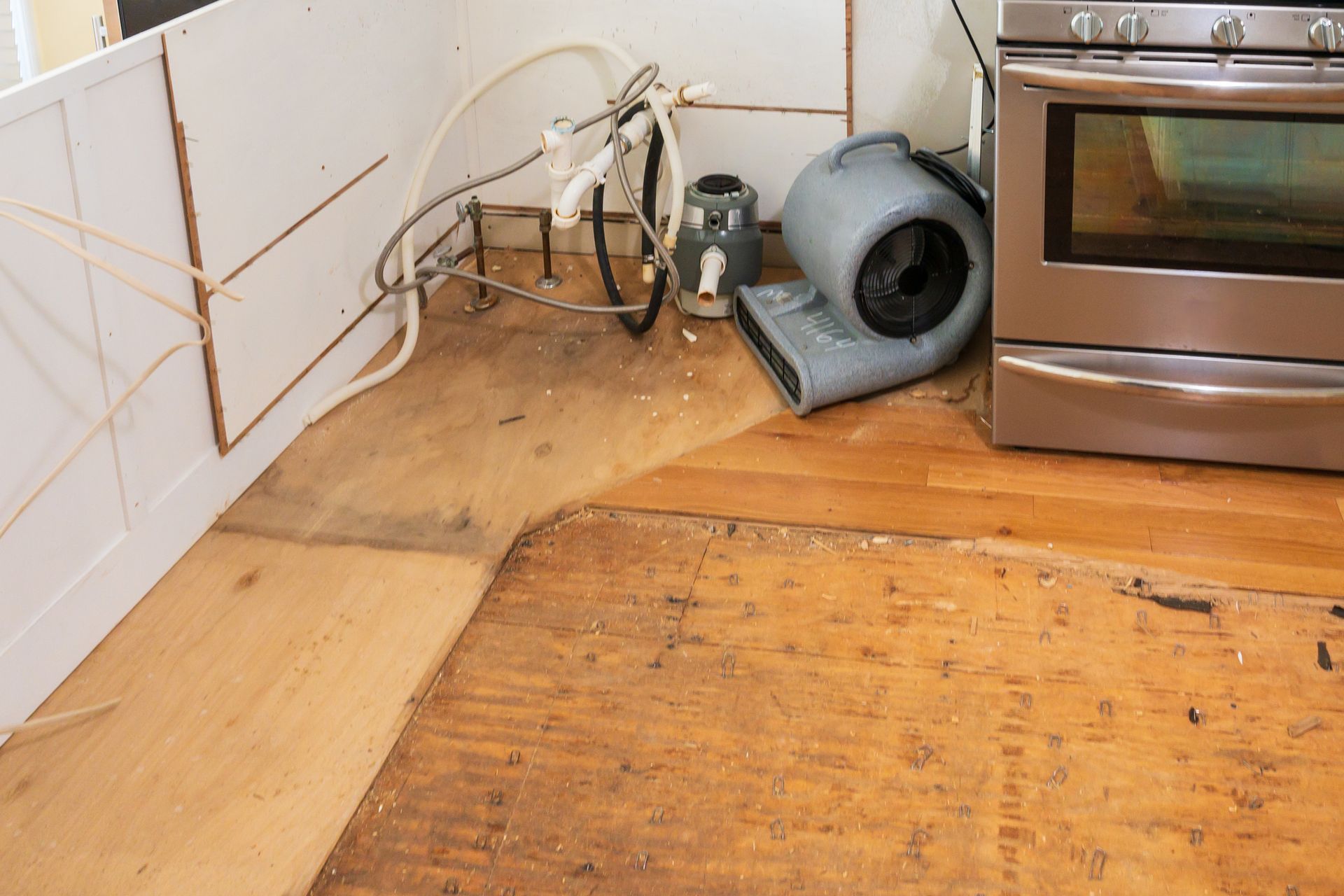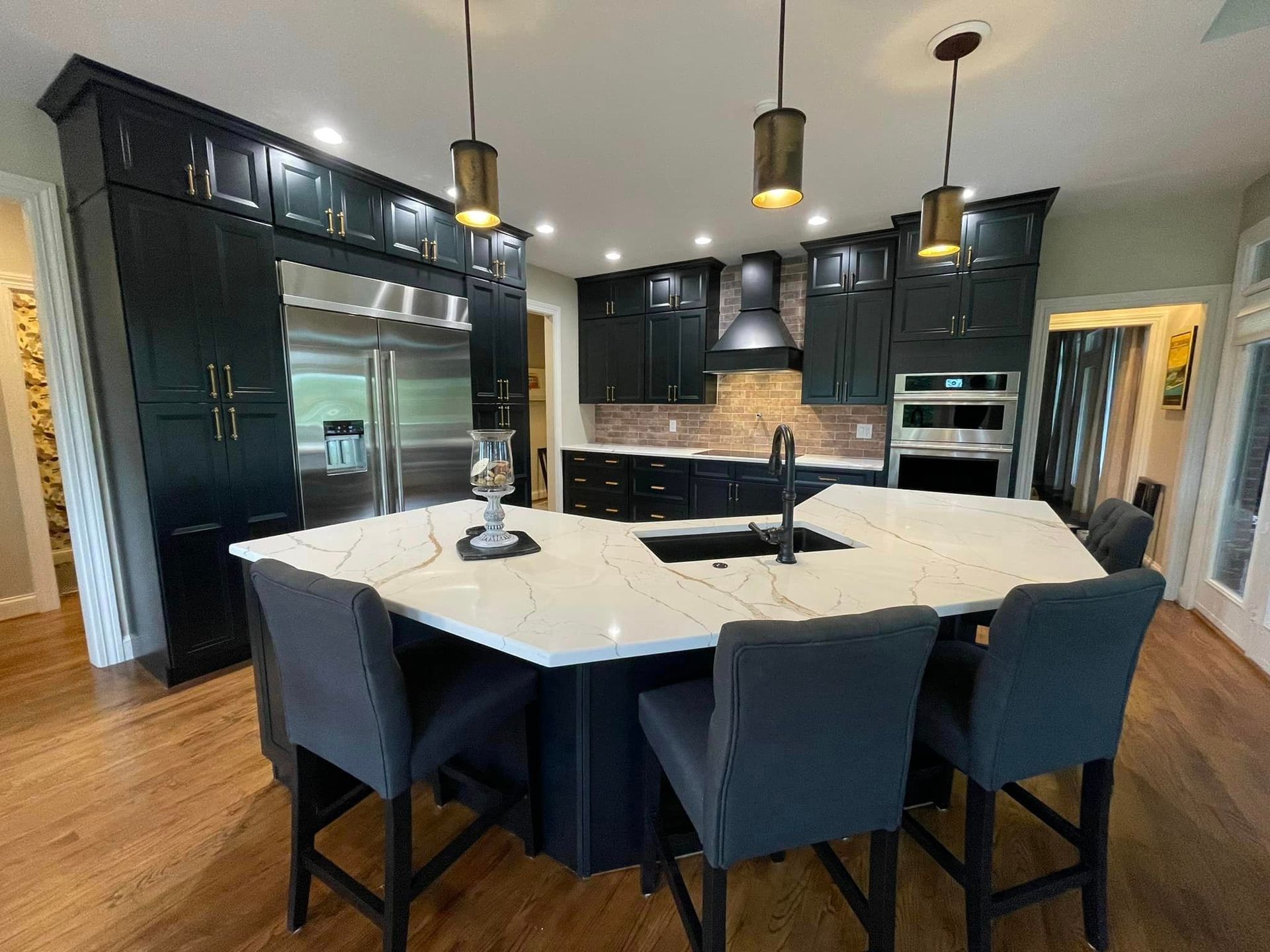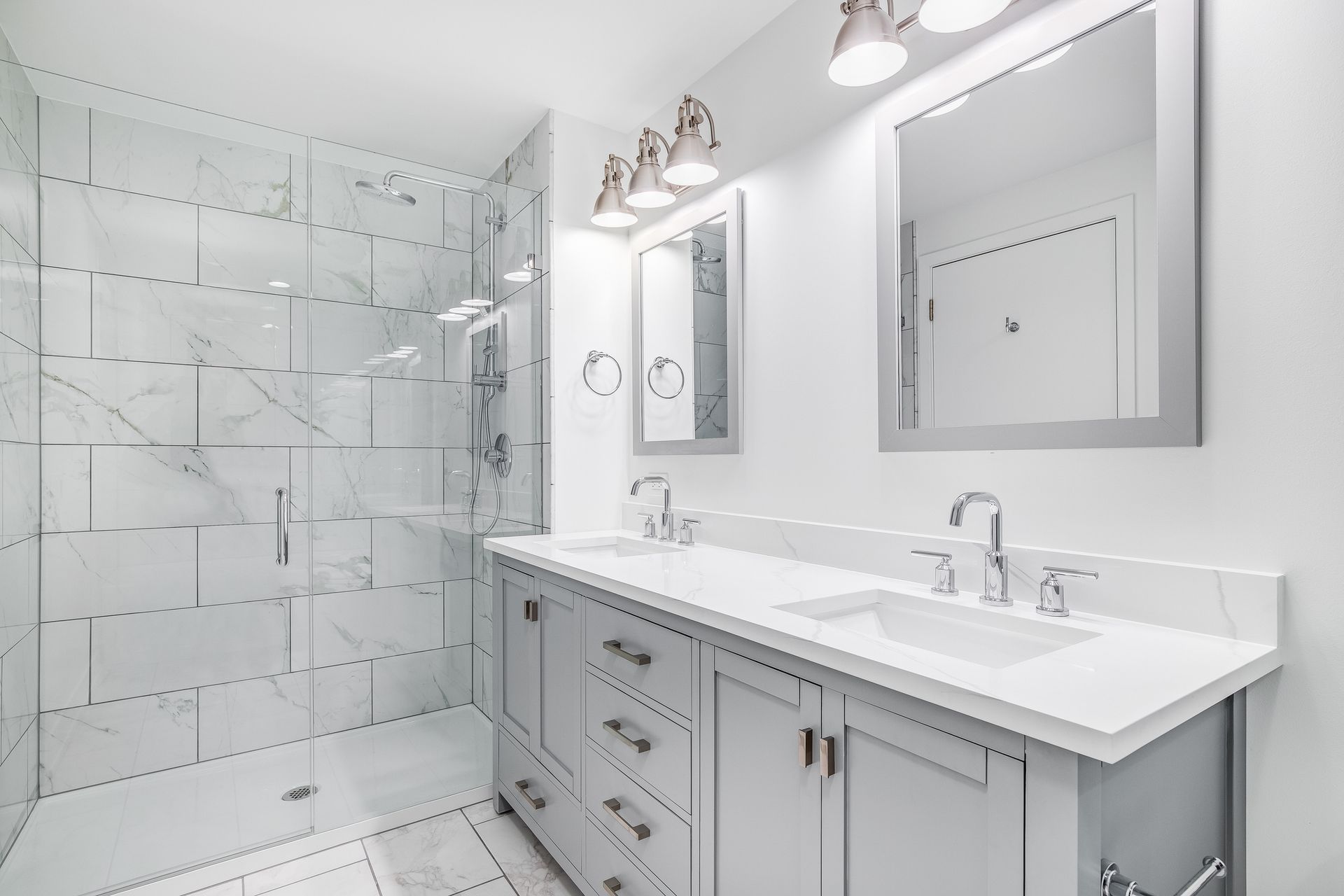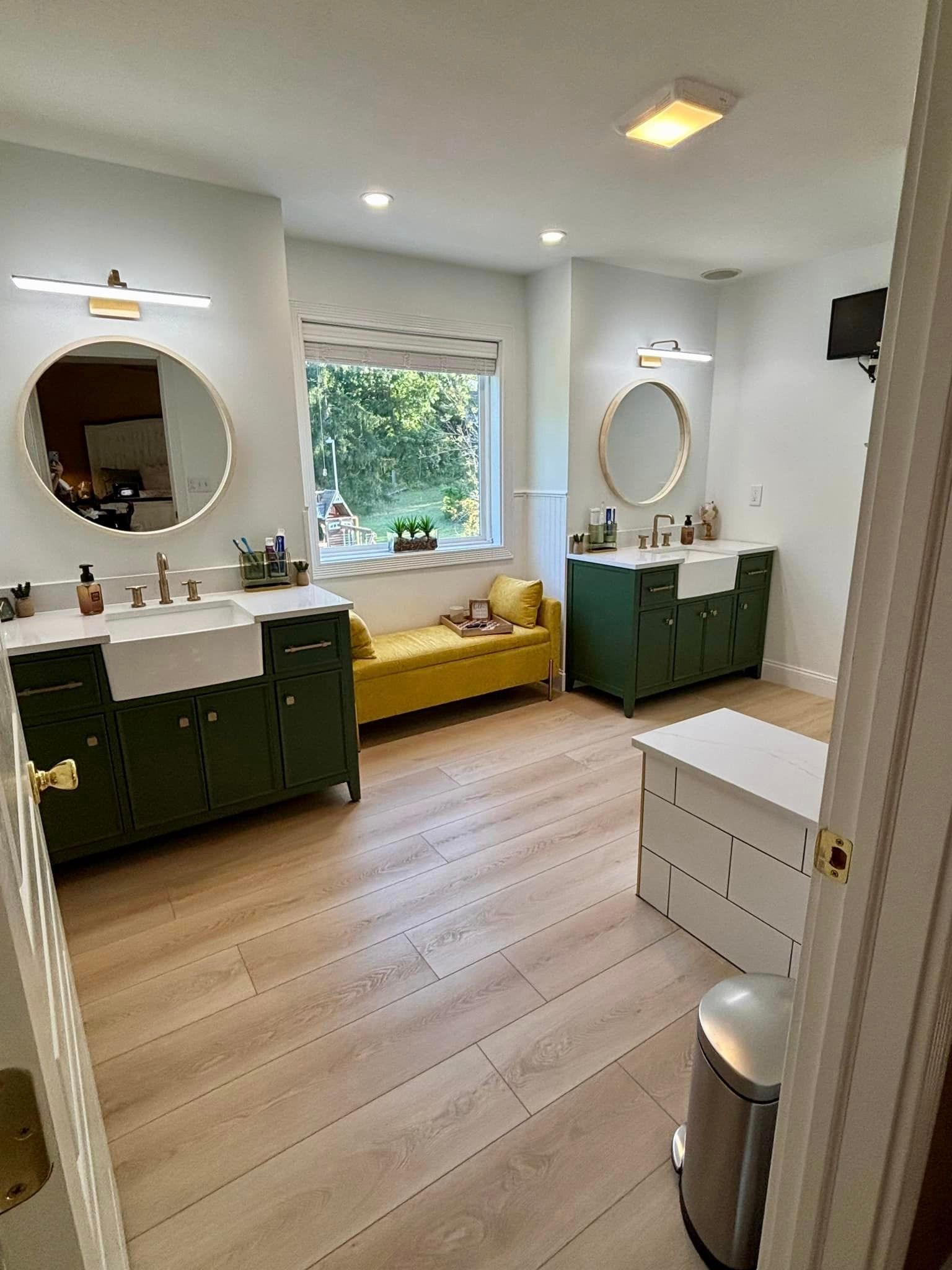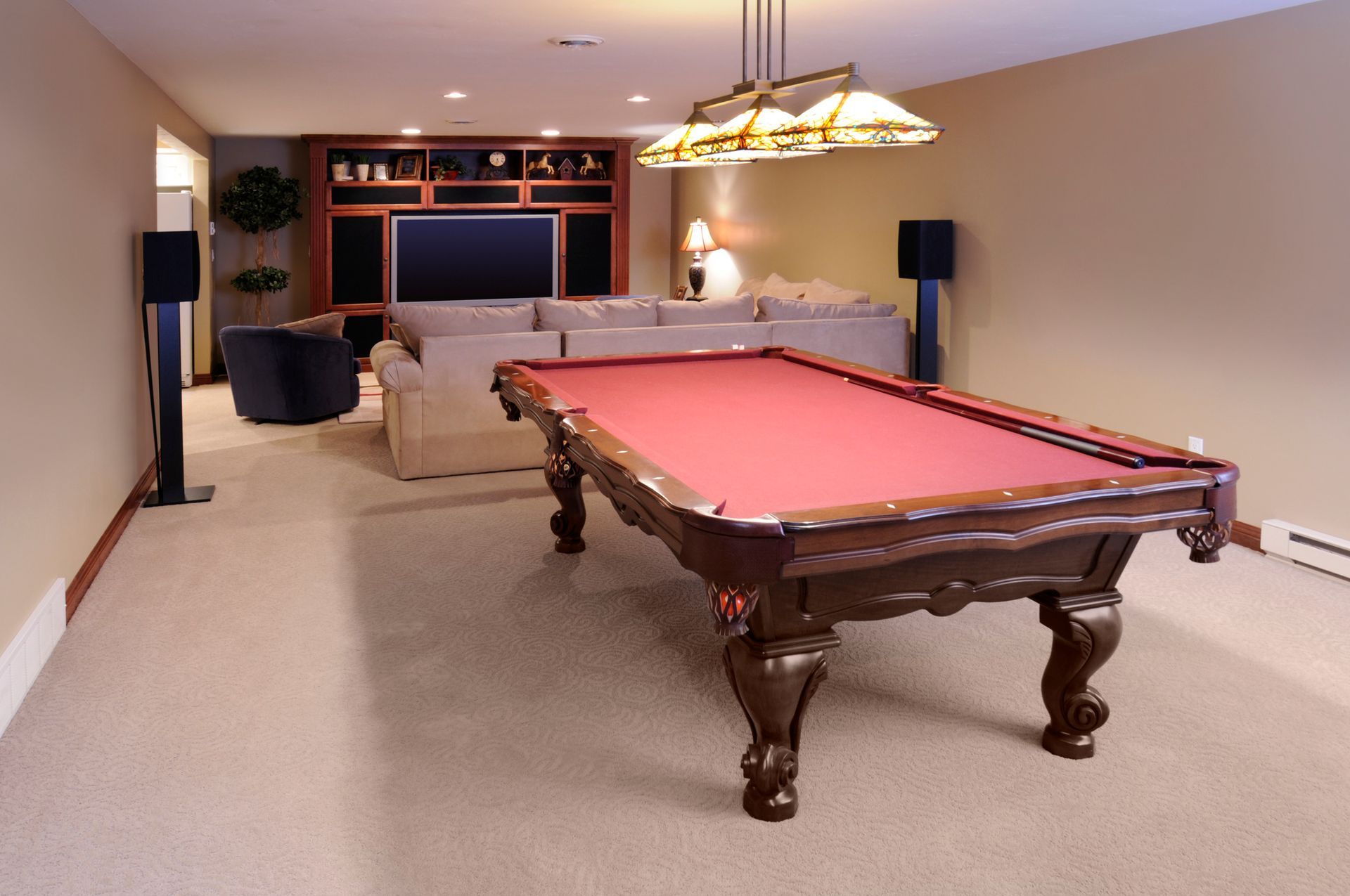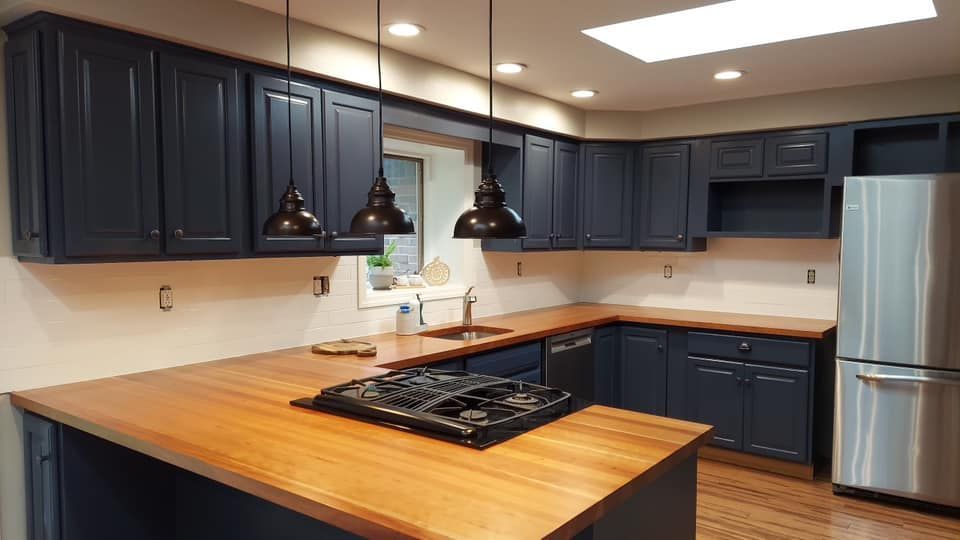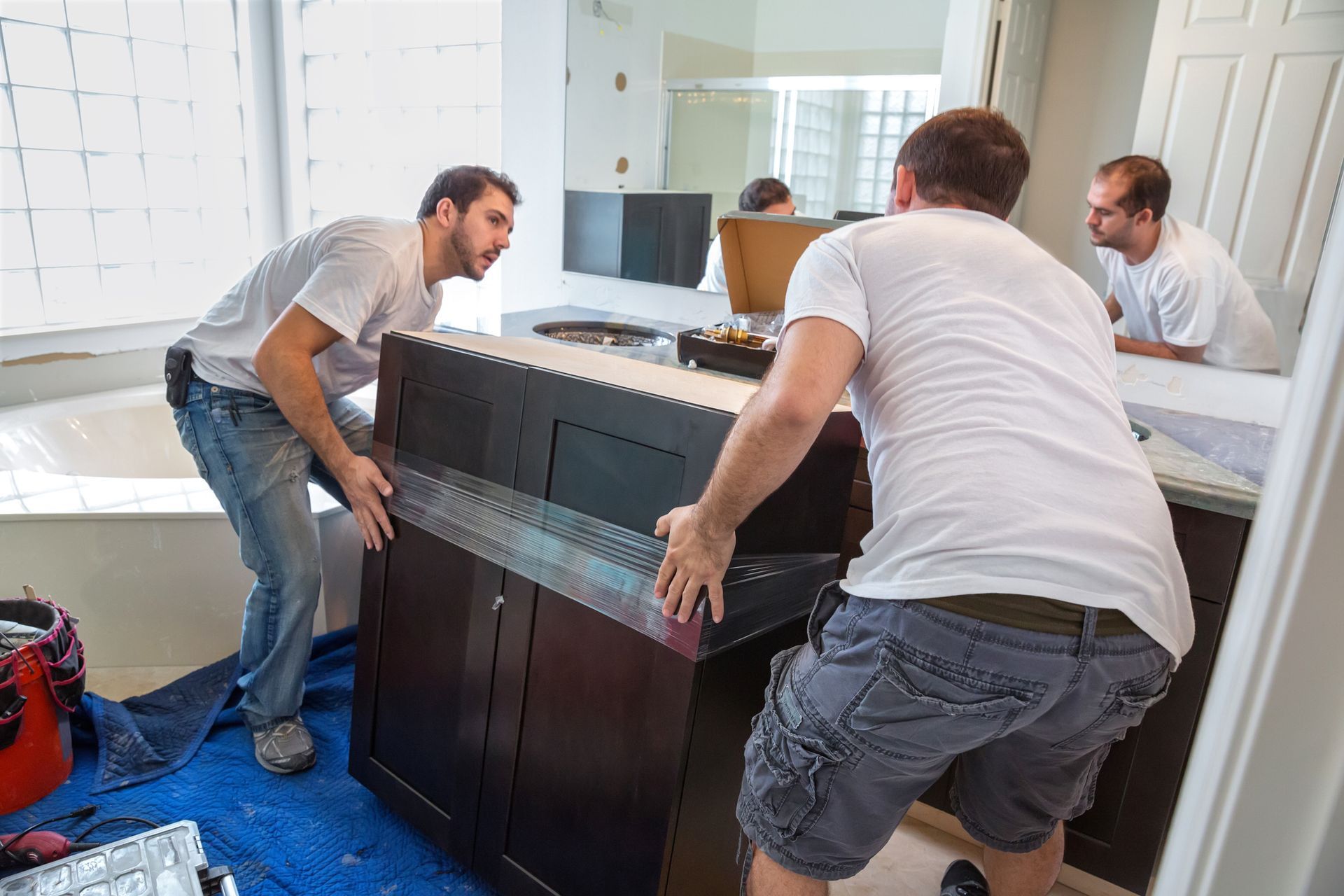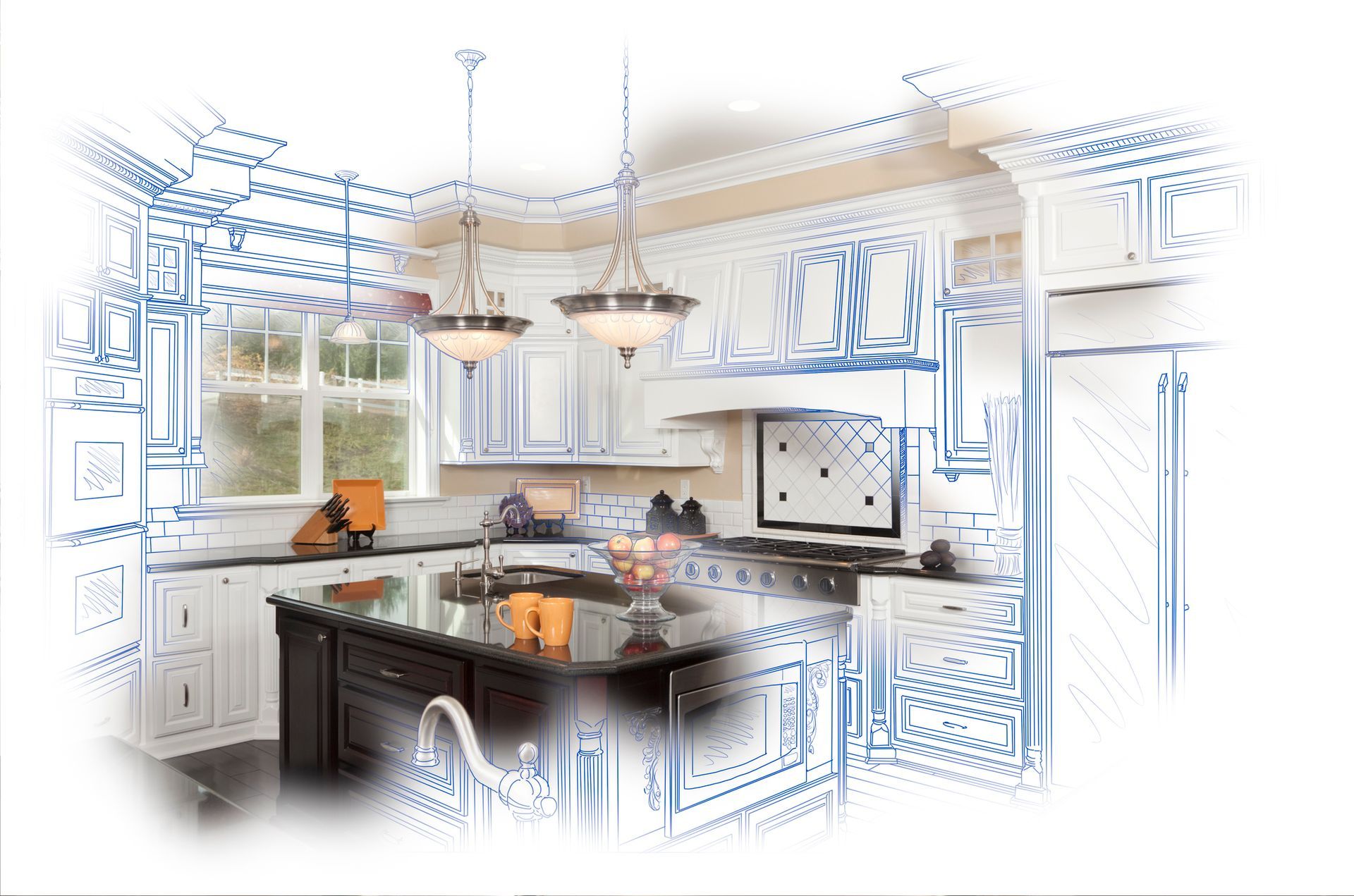Durable Kitchen Cabinet Materials for Homeowners
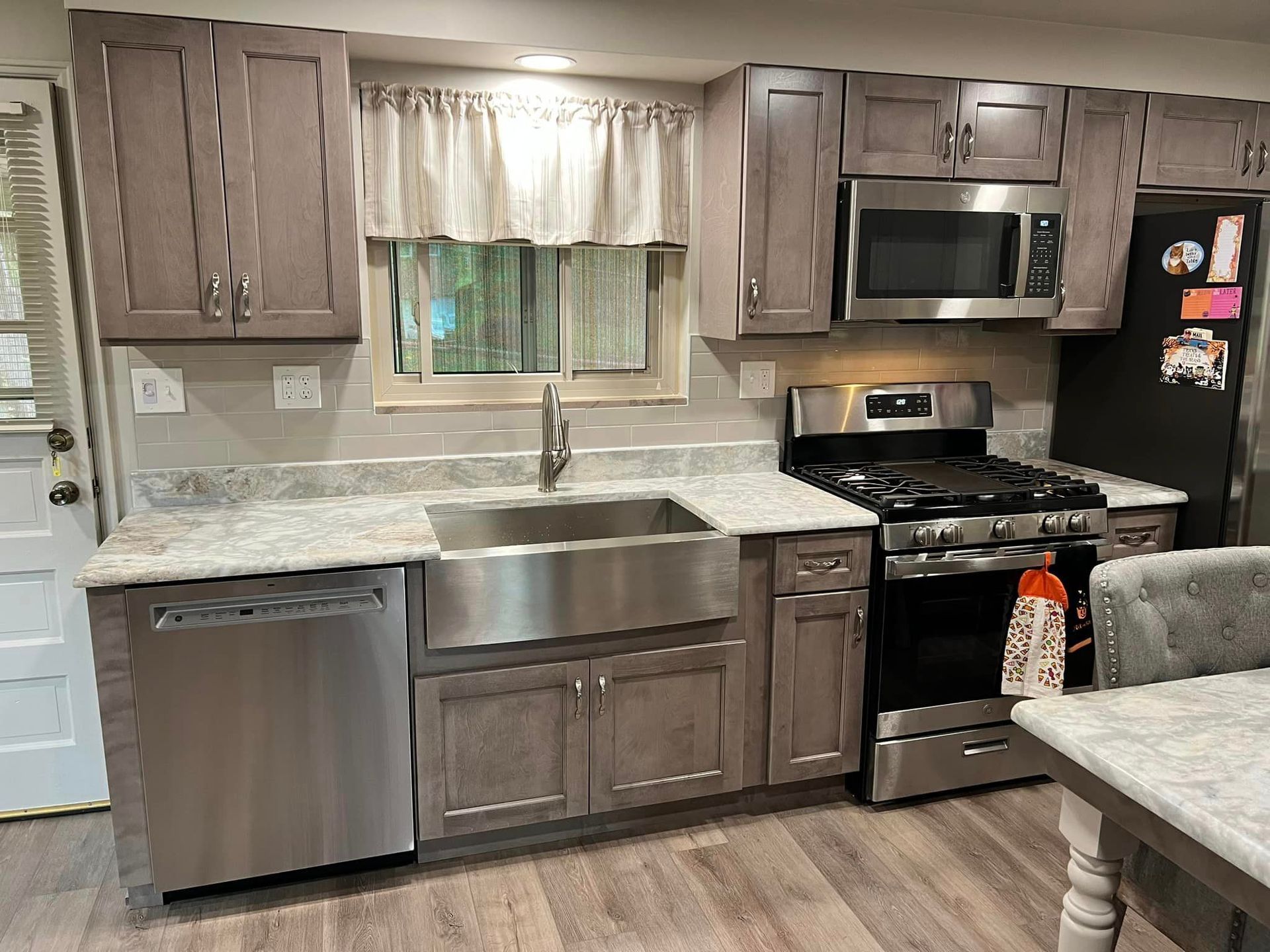
The perfect kitchen is a balance of style and function. When it comes to kitchen cabinets, it is critical that they are durable. Cabinets are one of the most prominent features in this space, so the finish you choose can make a big difference in aesthetics and longevity.
Whether you're renovating your existing kitchen or building a brand new one, understanding cabinet finish options is crucial. In this comprehensive guide, we'll explore the most durable kitchen cabinet finishes, helping you make an informed decision to ensure your kitchen stays beautiful for years.
The Core Role of Durable Materials and Finishes in Your Kitchen
The kitchen is one of the most heavily used areas in a home. From cooking and meal prep to socializing and entertaining, this space sees a lot of foot traffic daily. Therefore, choosing materials and finishes that can withstand this level of activity is vital.
Regarding kitchen cabinets, durability means more than just resisting wear and tear. It also involves withstanding moisture, heat and frequent cleaning without losing its shine or color. With suitable materials and finishes, your cabinets can withstand time while maintaining their aesthetic appeal.
Cabinet Materials to Consider
Before diving into finishes, let's first look at the most durable cabinet materials. These are the foundation of your cabinets and play a significant role in determining their longevity.
Solid Wood
Solid wood is the most recommended choices for kitchen cabinets and other furniture due to its strength and durability. It can withstand heavy use and naturally resist moisture and heat. Solid wood cabinets can be more expensive and require maintenance to keep them in good condition, but maintenance, and a bit of work certainly trump frequent replacement. Solid wood is also not all the same.
Solid Hardwood
The most recognized types of hardwoods include Oak, Cherry, Maple, Birch, and Walnut. These woods grow slower, and require more time to dry. In most cases when you hear solid wood in reference to cabinets, it will be a hardwood, however, sometimes cabinets may be made of solid pine to keep the cost low. Young growth pine, a common and cheaper solid wood is softer, weaker and not as durable since it is a softwood.
Plywood
Another durable option for kitchen cabinets is plywood. This engineered wood product is made by gluing thin layers of wood together, creating a strong material that resists warping and cracking.
Plywood cabinets also offer excellent moisture resistance, making them a great choice for kitchens.
Medium-Density Fiberboard (MDF)
MDF is another engineered wood product commonly used for cabinets. It's made by pressing wood fibers with resin and applying high heat and pressure to create a dense and robust material. While it is not as durable as solid wood or plywood, MDF can still withstand daily use in the kitchen.
Overview of Popular Finish Types
Several types of finishes are commonly used for kitchen cabinets, each with its own benefits and considerations. Here are a few:
Lacquer
Lacquer offers a hard, fast-drying finish typically applied in several thin coats. It provides a smooth, high-gloss surface that's easy to clean. However, it can be brittle and prone to chipping, not to mention that it contains volatile organic compounds (VOCs).
Varnish
Varnish is a traditional, oil-based finish that provides a warm, amber hue to wood. It's incredibly durable and resistant to heat and abrasions. However, varnish can take a long time to cure fully and may not be the best fit for those who prefer quick projects.
Acrylic
Acrylic finishes are water-based, making them a more environmentally friendly option. They deliver a clean, non-yellowing finish with good elasticity, so they can withstand minor impacts without chipping. Though more heat resistant than varnish or lacquer, acrylic finishes are still quite durable.
Factors to Consider When Choosing a Finish
Choosing the right kitchen cabinet finish is about more than just durability. It would help if you considered how the finish would affect the overall look of your kitchen, the maintenance requirements, and the cost.
Durability
Some finishes excel in certain areas over others. For example, varnish might be the most heat-resistant, while conversion varnish could be the toughest against scratches and dents. Consider what factors are most significant for your household's use and prioritize those when making your selection.
Maintenance
The upkeep for each finish varies. Some may require regular polishing and be more sensitive to certain cleaning chemicals. Others, like varnish or acrylic, are relatively low maintenance, needing only a simple wipe-down with mild soap and water.
Aesthetics
The appearance of the finish can drastically change the look of your kitchen. Varnish and lacquer create a rich, glossy surface, while acrylic might offer a more matte look. Your choice should complement your kitchen's design, from the color scheme to the overall style.
Cost
The initial cost of the finish and its application should be considered. Some finishes, like conversion varnish, may be more expensive upfront, but if they last longer, they could be more cost-effective. Others, like acrylic, may be less expensive but could require more frequent repainting.
Comparing Cabinet Finishes
Each finish has its own set of advantages and disadvantages. Here, we'll compare some standard finishes to help you assess the right fit for your needs.
Varnish
Pros
- very durable,
- adds warmth to wood,
- scratches less visible
Cons
- long cure time
- application complexity
- may yellow over time
Lacquer
Pros
- quick drying
- high gloss
- easy to clean
Cons
- Not as durable, prone to chipping and cracking
Acrylic
Pros
- Durable
- resists yellowing
- eco-friendly
Cons
- It can be less resistant to heat and scratches than other finishes
Start Your Kitchen Remodeling Project Today!
Selecting the right kitchen cabinet finish is a crucial element of any kitchen design or renovation. Your choice will impact the longevity of your cabinets, the ease of maintenance, and the overall visual appeal of your kitchen. It's essential to assess your household's needs and preferences, and the advice of experts in the field can be invaluable. It's also crucial to choose the right experts for your kitchen remodeling services to ensure you get the results you want.
By choosing the most durable finish that fits your lifestyle and budget, you can ensure your kitchen remains a beautiful, functional space for years to come.
If you need help with kitchen remodeling in Pittsburgh, Obringer's Painting & Remodeling stands as a beacon of impeccable craftsmanship and reliable expertise. Contact us today to learn more about our services and take your kitchen to the next level. Remember, your kitchen is the heart of your home. Make sure it's built to last with Obringer's. Contact us today to learn more!

Author: Derek Obringer
Owner & Founder of Obringer's Painting and Remodeling, Derek Obringer brings attention to detail, together with experience, and superior customer service into each and every home that his company does work.
Painting And Remodeling Blog
